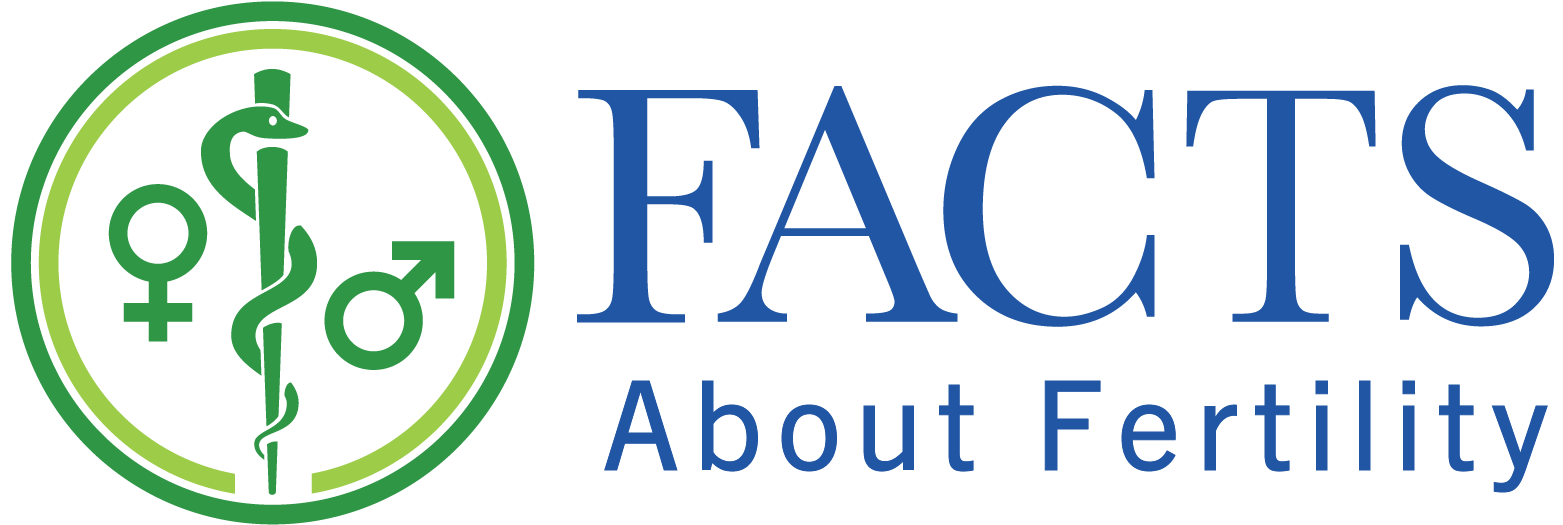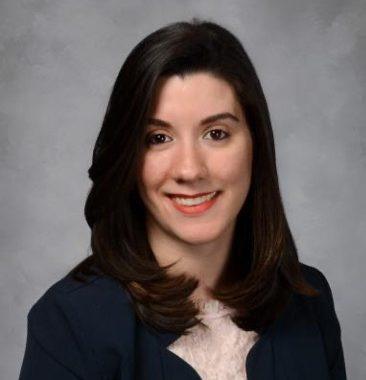By: Claudia De La Flor, DO
Director’s Note: As we celebrate Natural Family Planning (NFP) Awareness Week, we are delighted to share this patient interview conducted by Claudia De La Flor, DO, a former FACTS elective participant, as she highlights how fertility awareness-based methods (FABMs) can empower women with knowledge about fertility across their reproductive lifespan. As we learn from this patient’s story, FABMs may present a steep learning curve. However, most women who hear about these modern, evidence-based methods are intrigued and want to learn more. Once educated by a trained instructor, many learn a great deal about their bodies and may even be surprised to discover the diagnostic utility of their cycle charts, such as the identification of low progesterone levels. Check out our Directory to find an FABM-trained physician or educator near you. To increase access to FABM services, consider applying to be listed in our directory if you are a medical professional or educator trained in FABMs!
Meet Clara
As Clara* picked up the phone, I could hear the sound of children playing in the background. A working mom of three, Clara was excited to talk to me about her experience with fertility awareness-based methods (FABMs), or Natural Family Planning (NFP), as she more frequently referred to it. Although Clara was raised Catholic, she did not realize that her faith does not condone the use of barrier methods and other artificial forms of birth control to achieve or avoid pregnancy. Nonetheless, when Clara became engaged to her now-husband, she began looking for a natural way to avoid pregnancy once they were married. Through her search for alternative modern methods, she came across Natural Family Planning methods and connected with a Creighton Model instructor. The Creighton Model utilizes cervical mucus observations in a standardized manner to identify fertile and infertile windows of each woman’s reproductive cycle. The year before her wedding, Clara learned how to use the method and became comfortable charting her cycles.
A Rocky Start
At first, Clara said the Creighton Model had a steep learning curve. She struggled during her first year of marriage with her irregular cycles. Eventually, she was diagnosed with low progesterone and was placed on a low dose of the hormone, which helped improve the health of her cycles. Clara’s husband also had a difficult time initially adjusting to the natural family planning lifestyle. He had assumed they would be using birth control and, unfortunately, this caused tension between them for a time. Eventually, the couple was able to work through their differing opinions and commit together in using FABMs to successfully avoid pregnancy. When they decided it was time to grow their family, Clara and her husband were able to use the Creighton Model to conceive, and the couple now has three beautiful children. Clara also continued using Creighton while breastfeeding, highlighting one of her favorite things about this method: She has been able to use it throughout all her reproductive transitions and for all her family-planning needs.
“Clara also continued using Creighton while breastfeeding, highlighting one of her favorite things about this method: She has been able to use it throughout all her reproductive transitions and for all her family-planning needs.”

Finding FABM-Trained Professionals
I was grateful that Clara allowed me to hear about her experiences, and she in turn expressed her appreciation for my engagement in a fertility awareness course. In her experience, it has been difficult to find practitioners well versed in natural family planning methods and able to provide her care without utilizing conventional birth control. She recalls a time when she and her husband moved to a new city and had to drive an hour to find the nearest physician who was trained in FABMs. She hopes that by sharing her story, it will become easier for more women to obtain natural family-planning guidance and care.
“In her experience, it has been difficult to find practitioners well versed in natural family planning methods and able to provide her care without utilizing conventional birth control.”
Empowered by Instruction
After over 11 years of utilizing the Creighton Model, Clara feels much more comfortable with her body. After her initial year of formal training with a certified Creighton instructor, she continued using Creighton on her own. For a long time, she dutifully charted her cycles daily, but she now feels that she can recognize the signs of fertility so well that she no longer needs to chart every single day.**
“I feel that I know more about my body than a lot of women my age, and that gives me a great sense of empowerment,” Clara told me.
FABMs in Clinical Practice
My conversation with Clara revealed how vital it is for medical professionals, especially those providing reproductive care to women, to familiarize ourselves with fertility awareness-based methods. In order to properly care for our patients, we must be able to educate them about the various family-planning options, including FABMs, so they can find the method that best fits their lifestyle and wishes.
As a future physician, I look forward to sharing the knowledge I gained from my conversation with Clara and through the FACTS elective with my future patients.
*Names have been changed to respect the privacy of the interviewee and her family. All information is shared with permission.
** Director’s Note: While many women will learn to recognize their fertility signs more easily after charting for years, they are still advised to chart their observations on a daily basis to use the method correctly.
ABOUT THE AUTHOR
Claudia De La Flor
Claudia De La Flor, DO is an Osteopathic Resident Physician currently completing her Internal Medicine residency at Broward Health Medical Center in Ft. Lauderdale, FL. Dr. De La Flor is passionate about women’s health and plans to utilize what she’s learned via the FACTS program in the care of her future patients.
Inspired by what you read?
You can support the ongoing work of FACTS here. To connect with a member of our team, please email development@FACTSaboutFertility.org. Interested in becoming an individual or organizational member? You can learn more and register here. To discuss with a member of our team, please email membership@FACTSaboutFertility.org.






